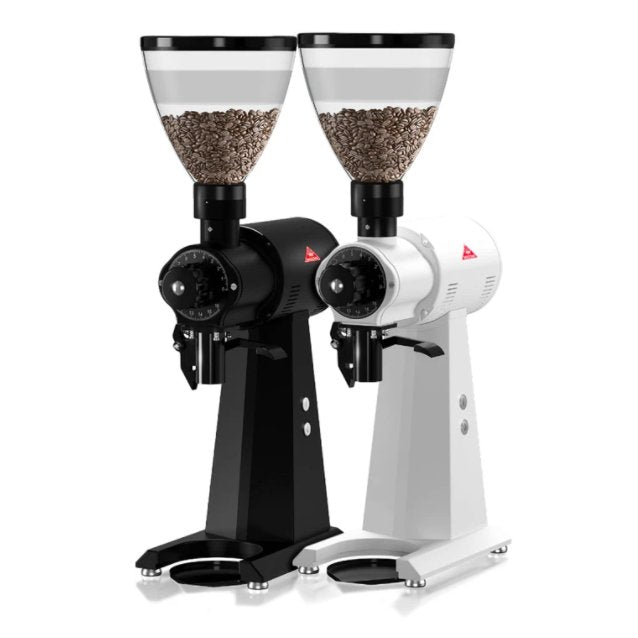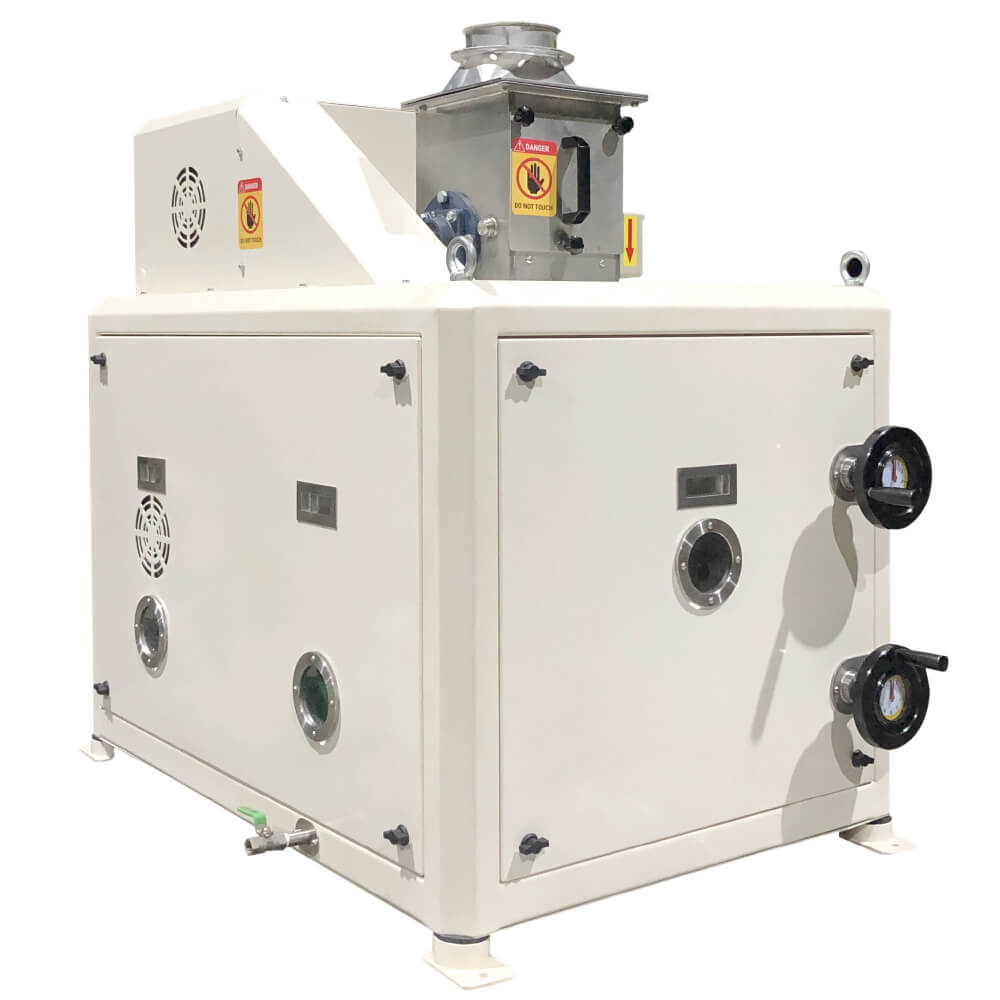Industrial Coffee Grinder Buying Guide for Serious Baristas
Wiki Article
Industrial Coffee Grinder Overview: Increase Performance and High Quality
In the competitive landscape of coffee manufacturing, picking the best commercial coffee grinder plays an essential function in enhancing both performance and product high quality. Recognizing the subtleties of different mill kinds and essential attributes-- such as adjustable work setups and robust building and construction-- can considerably affect the final taste account of the coffee. The optimization of the grinding process, paired with diligent maintenance, is necessary for maintaining efficiency over time. As we explore these vital components, it becomes noticeable that the ramifications expand past mere equipment option, affecting overall service success in manner ins which call for closer examination.Recognizing Mill Types
When picking an industrial coffee grinder, recognizing the different types readily available is critical for maximizing both taste extraction and functional efficiency. The 2 primary kinds of grinders are blade mills and burr grinders.
Inevitably, selecting the ideal type of mill is essential to keeping quality and efficiency in coffee production, making it imperative for services to purchase premium burr grinders for optimum outcomes.
Key Functions to Take Into Consideration
Picking a commercial coffee mill requires cautious factor to consider of several essential attributes that can considerably influence both efficiency and the total coffee experience. Among the main elements to review is the grinding mechanism. Burr grinders are normally favored over blade mills, as they give a consistent grind dimension, which is important for optimum removal and taste.Another important function is the mill's ability. Relying on the quantity of coffee you require to procedure, choose a model that can handle your requirements without giving up speed or quality. Additionally, think about the grind settings used. A functional mill with several setups enables you to tailor the grind size to different brewing methods, boosting the coffee's taste account.
Examine the grinder's noise degree, especially in a hectic coffee shop or manufacturing setting, where too much sound can be disruptive. Spending in a grinder that stabilizes these features can considerably improve both functional effectiveness and the top quality of the coffee served.
Optimizing Grinding Process
To achieve the finest results in coffee preparation, maximizing the grinding procedure is essential. The work dimension considerably affects removal, taste, and total high quality of the made coffee. Different developing methods call for specific grind dimensions; for example, coffee demands a great work, while French press demands a coarse texture. Recognizing the relationship between grind dimension and brewing approach is the very first step in optimization.


In addition, monitoring the grinding speed can optimize the process. Slower grinding moved here frequently produces less heat, protecting delicate flavors and aromas. Conversely, much faster grinding may generate extreme warmth, negatively affecting the coffee's high quality.
Maintenance and Care Tips
Proper upkeep and treatment of commercial coffee mills are necessary for making certain optimum efficiency and durability. Routine cleaning is the structure of upkeep; deposit buildup can affect flavor and grinding efficiency. It is advisable to cleanse the grinder after each use, wiping down the outside and getting rid of any type of coffee grounds from the burrs.Additionally, check the grinding burrs for deterioration. Dull burrs can endanger work consistency, so they need to be changed as required. Industrial Coffee Grinder. Periodically adjusting the grinder is additionally essential, as this preserves the desired work size for various brewing methods
Lubrication of relocating parts should be executed according to the maker's specifications, as this lowers friction and prolongs the life of the devices. It is necessary to make use of food-grade lubricating substances to make sure safety and conformity with health Recommended Site laws.
Lastly, keep the grinder in a completely dry and steady atmosphere to avoid corrosion and corrosion. By sticking to these upkeep and care ideas, operators can improve the efficiency of their industrial coffee mills while guaranteeing top quality output and extended functional life.
Return on Financial Investment Evaluation
Assessing the return on financial investment (ROI) for commercial coffee grinders is critical for businesses seeking to enhance their coffee manufacturing capacities. A detailed ROI evaluation assists figure out the economic viability of investing in top quality mills, enabling organizations to consider the first prices against prospective gains.Assess the purchase rate of the mill, including installation and any kind of needed modifications to existing infrastructure. High-performance mills typically lead to decreased grinding time and increased throughput, which can substantially improve productivity.
Furthermore, think about the effect on item high quality. Industrial Coffee Grinder. Superior grinders produce an even more consistent grind dimension, which can improve taste profiles and consumer satisfaction, inevitably driving sales. By enhancing the top quality of the final item, companies can justify greater pricing, causing increased profits
Conclusion
In summary, an industrial coffee grinder plays a critical function in improving both effectiveness and item quality within coffee production. Eventually, the strategic investment in a reliable mill adds dramatically to improved revenue and competition in the coffee market.In the affordable landscape of coffee production, selecting the right commercial coffee mill plays a crucial duty in boosting both effectiveness and product quality. The two primary types of grinders are blade mills and burr grinders. Within the burr grinder category, there are level burr mills and cone-shaped burr grinders, each with its benefits. Burr mills are typically chosen over blade grinders, as they provide a regular grind size, which is crucial for optimum removal and flavor.
In summary, a commercial coffee grinder plays a critical duty in improving both official site effectiveness and item top quality within coffee production.
Report this wiki page